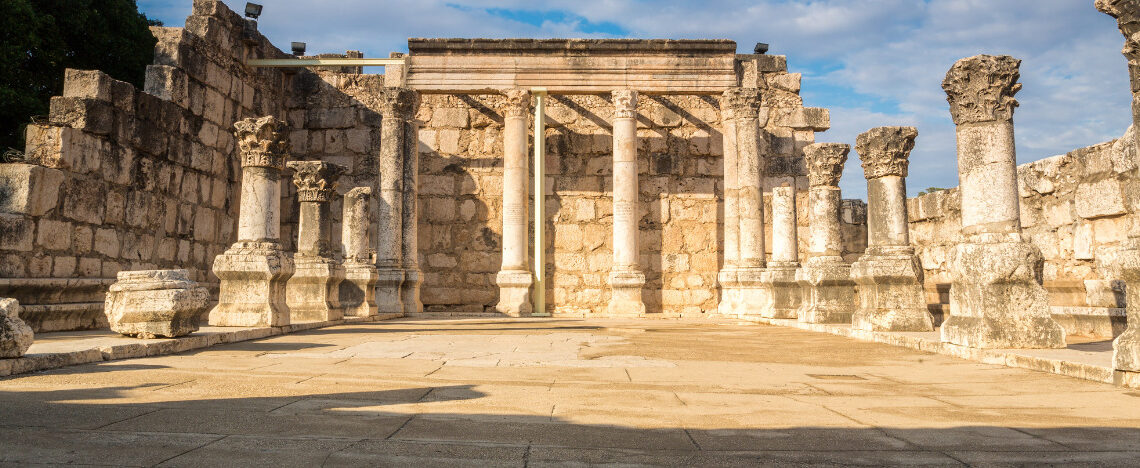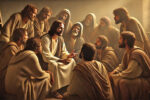Religious Setting
Religious Setting during the time of Jesus
The religious environment during the time of Jesus was marked by a variety of beliefs, practices, and influences that shaped the daily lives and spiritual outlook of the people in Judea and the broader Roman Empire. Here’s an overview of the religious influences of that time:
1. Judaism
The Jewish religion was central to the life of the region, with the Temple in Jerusalem being the most significant religious and cultural institution. The primary aspects of the Judaism of that time are outlined here:
a. The Significance of Torah
The Jewish faith centered around the Torah (the first five books of the Hebrew Bible), which contained laws, commandments, and teachings that guided different aspects of Jewish life.
b. Sects within Judaism
Jewish society was diverse, with several sects including the Pharisees, Sadducees, Essenes, and Zealots, each having different beliefs and attitudes towards the Jewish Law, the Romans, and religious practices:
a. Pharisees: They emphasized strict adherence to the Law and believed in the resurrection of the dead. They were influential among the common people and had a significant role in the synagogues.
b. Sadducees: Comprising mainly the priestly and aristocratic families, they were conservative, denying concepts not explicitly found in the Torah, such as the resurrection. They held significant power in the Temple.
c. Essenes: A sect that lived in communal life, often in the desert, practicing rituals and a strict interpretation of Jewish law, possibly including the community that produced the Dead Sea Scrolls.
d. Zealots: A political movement among the Jews who sought to overthrow Roman rule in Judea, advocating violence if necessary.
c. Synagogue worship
Apart from the Temple in Jerusalem, which was the center of major religious festivals and sacrifices, synagogues served as local centers for prayer, study, and community gatherings. They played a crucial role in the religious and social life of the Jewish people.
2. Roman Religion
The Romans practiced polytheism, worshipping many gods and goddesses. While they allowed conquered peoples to continue their religious practices, tensions arose due to the exclusivity of Jewish monotheism and the refusal to worship the emperor as a deity, which was a common practice in the Roman Empire.
3. Hellenestic Judaism
Hellenistic Judaism was a form of Judaism that emerged in the Hellenistic period (323-31 BC), following the conquests of Alexander the Great. This period saw the spread of Greek culture, language, and ideas throughout the eastern Mediterranean and Near East, profoundly influencing the lands and peoples, including the Jews.
4. Hope of Messiah
Many Jews longed for a Messiah, a divinely anointed leader who would restore the kingdom of Israel and bring about an era of peace and righteousness. This hope was mixed with the widespread desire for liberation from Roman rule and a restoration of Jewish sovereignty.
It was in this multifaceted religious environment that Jesus’ teachings came, challenging the prevailing religious, social, and political norms on one hand, while providing hope and comfort to the multitudes on the other.














